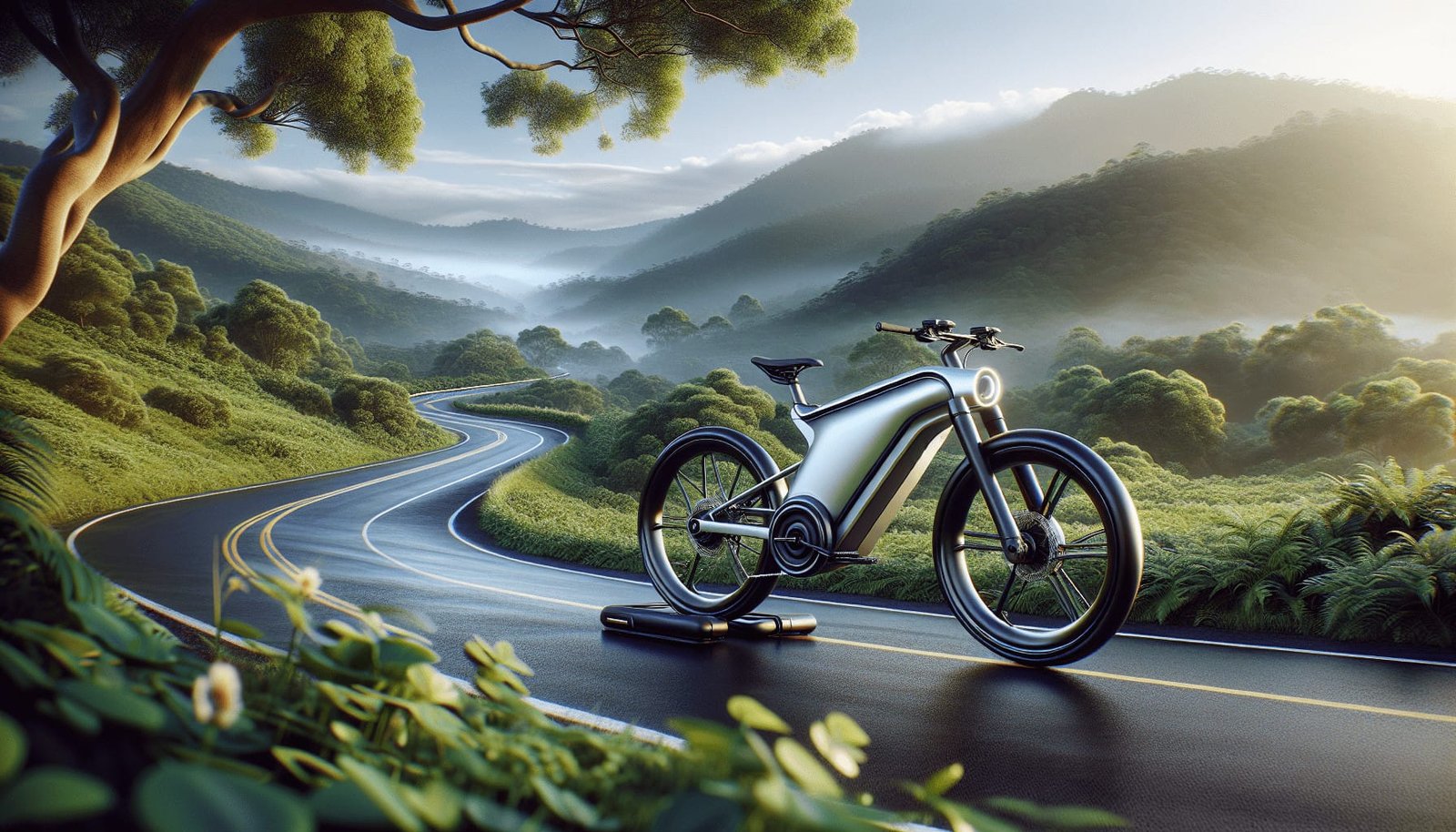Have you ever wondered about the rules for riding an electric bike on public roads, especially when it comes to having a driver’s license? As e-bikes gain popularity, more and more people are curious about the regulations surrounding their use. Are they similar to regular bicycles, or do they fall into the same category as motor vehicles requiring a license? Let’s unravel this topic and clarify what you need to know to ride an electric bike legally on public roads.
Understanding Electric Bikes
What is an Electric Bike?
An electric bike, often referred to as an e-bike, is a bicycle equipped with an electric motor to assist with propulsion. There are various types, differing mainly in motor power and assistance levels. Usually, an e-bike combines the physical input from pedaling with the motor’s power, giving you a boost when tackling hills or long distances.
Types of Electric Bikes
Electric bikes generally fall into three categories:
- Pedal Assist (Pedelec): This type requires you to pedal for the motor to kick in. Ideal for a more traditional cycling experience with extra power.
- Throttle-Controlled: With this type, you can engage the motor with a throttle, much like a scooter or motorcycle, allowing you to ride without pedaling, if desired.
- Speed Pedelec: A more powerful version of the pedal-assist e-bike that can reach higher speeds and usually requires more regulatory considerations.
Regulations and Legal Requirements
Navigating laws surrounding e-bikes can feel complex, as they often vary by location. However, understanding general guidelines can help you determine whether you need a driver’s license.
Federal vs. State Regulations
At the federal level in many countries, e-bikes are often classified separately from motor vehicles. For instance, in the United States, e-bikes with a motor of less than 750 watts and a top speed of under 20 mph are classified similarly to bicycles. However, individual states can impose their own regulations, sometimes differing significantly.
Local Variations in Regulations
- United States: Some states align with federal guidelines, while others impose additional rules, such as minimum age requirements or helmet laws.
- Europe: In the EU, a standard classification is applied for e-bikes, but member states can have additional stipulations, especially for speed pedelecs, which may require a license and insurance.
- Australia: Rules can vary between states and territories, often focusing on power limits and speed capabilities to determine licensing needs.

Licensing Requirements
When You Might Need a Driver’s License
In scenarios where e-bikes exceed the common classification limits (e.g., higher speeds or more motor power), they might be treated as mopeds or motorcycles, necessitating a driver’s license. Speed pedelecs, for instance, often fall into this category in jurisdictions with stricter definitions.
When a Driver’s License is Not Required
For most standard e-bikes with limited speed and motor power assisting below certain thresholds, a driver’s license is generally not required. These are often treated as bicycles, with the onus being on adhering to cycling rules.
Navigating Public Roads Safely
Recognizing Traffic Laws
When riding an e-bike, it’s crucial to follow the same traffic laws applicable to traditional bicycles. This includes obeying traffic signals, yielding to pedestrians, and using bike lanes where available.
Equipment Requirements
Most regions have minimum requirements for the equipment on e-bikes, such as lights, reflectors, and audible signals like a bell or horn. Ensuring your e-bike is well-equipped can enhance safety and compliance with local laws.

Safety and Best Practices
Wearing a Helmet
While not universally mandated, wearing a helmet significantly enhances your safety. Some places may impose helmet laws, especially for younger riders or those on faster e-bikes.
Knowing Your Route
Familiarize yourself with bike-friendly routes that offer safer, more efficient paths for e-bikes. Look for infrastructure that supports cyclists to minimize risk on the road.
Maintenance and E-bike Care
Regular maintenance, such as checking your e-bike’s brakes, battery, and tires, ensures a safer riding experience. A well-maintained e-bike is less likely to encounter malfunctions that could lead to accidents or regulatory issues.
Exploring Insurance Options
Is Insurance Necessary?
While insurance isn’t consistently required for all e-bike riders, some jurisdictions mandate it for more powerful e-bike models. Even when not required, opting for insurance can cover liability and damage, offering peace of mind on the roads.
Types of E-bike Insurance
- Liability Insurance: Covers damages or injuries you may cause while riding.
- Comprehensive Insurance: Provides a broader coverage scope, including theft and non-collision damage to your e-bike.
- Personal Accident Insurance: Offers coverage for injuries sustained during e-bike accidents.

Comparing E-bikes to Other Electric Vehicles
E-bikes vs. Electric Scooters
Electric scooters share some similarities with e-bikes but often feature stricter regulation due to their capability to function entirely independent of any physical input from the rider. Understanding these differences is vital for adhering to local laws.
E-bikes vs. Electric Motorcycles
Electric motorcycles are treated similarly to traditional motorcycles under most legal systems, placing them in a different category than e-bikes regarding licensing, insurance, and equipment requirements.
E-bikes in Urban Mobility Solutions
E-bikes play a significant role in urban transportation solutions, offering environmentally friendly alternatives that alleviate traffic congestion and reduce carbon footprints. Their integration into public transit strategies highlights the growing acceptance and support of e-bikes in urban planning.
Conclusion
Riding an electric bike on public roads without a driver’s license is often possible, especially when adhering to set guidelines on speed and motor power. However, understanding the specific rules and regulations of your region is crucial to ensure compliance and safety. As e-bikes continue to revolutionize personal transportation, being well-informed empowers you to enjoy the benefits without encountering legal hurdles. Always prioritize safety, and don’t hesitate to consult local authorities for the most accurate information relevant to your area. By doing so, you can navigate the roads confidently and responsibly, making the most of what electric bikes have to offer.


